Intellectual video control systems
Systems of plural-component objects identification
MORS machine-oriented system
Team-work with General Physics Institute RAN, Brokheven national laboratory and Aquila Inc. technological groupIntroduction
Unfortunately all surveillance systems (presented on global market) can not execute contemporary requirements over following reasons:MORS machine-oriented system. Development of video systems with computer vision (stereoscopic vision) is possible as only computer is able to progressively process vast data. Reduction of involved in surveillance system service operators number make possible higher reliability and cheaper system equipment.
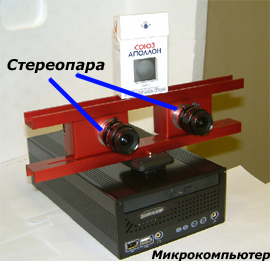
Video observation technology is a network which allows to developing powerful arranged video systems with the unique conception of control, administration and processing of data. Therefore MORS has to possess strong intellectual functions of object disclosure and image analysis.
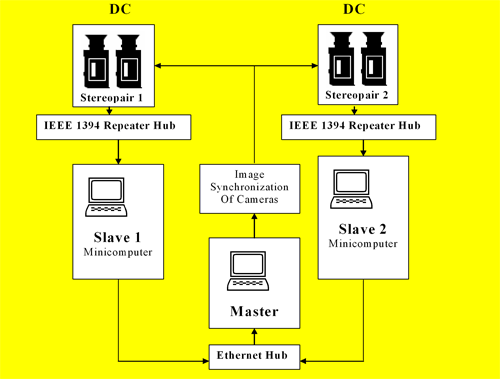
Calibration
Calibration is very important for MORS operation:
- accuracy of cameras laboratory calibration is about 0.05 pixel.
- field calibration was changed relative to improved laboratory calibration and use of stereo pair.
- intercalibration procedure was developed for complicated environment topology.
- calibration procedure was developed with regard to environment to provide with long-term system operation and improved its reliability.
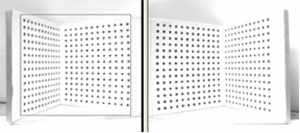 |
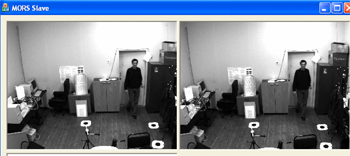 |
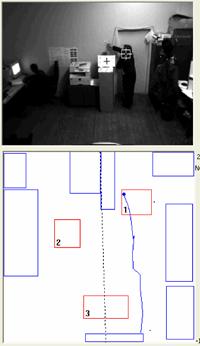 |
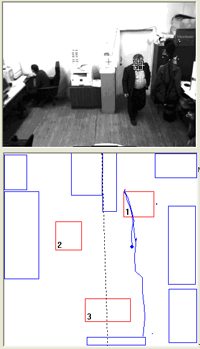 |
Intercalibration
Intercalibration is a new procedure which was developed for complicated environment topology to calibrate all system units relative to general structure.
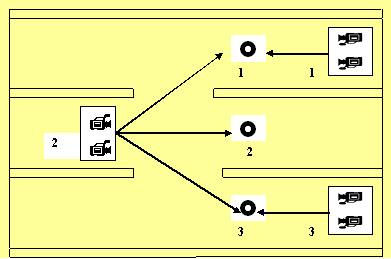
The example of intercalibration procedure which based on stereopair use for complicated topology of environment.
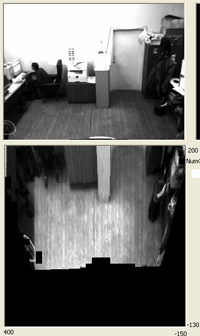 |
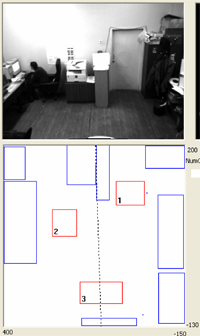 |
System has disclosed required luggage on a safe:
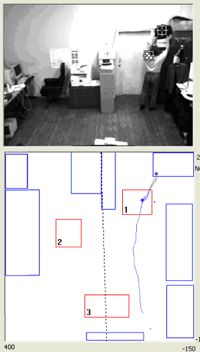
Multiobject detection
The system is able to distinguish objects with images overshoot: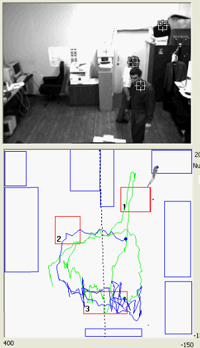 |
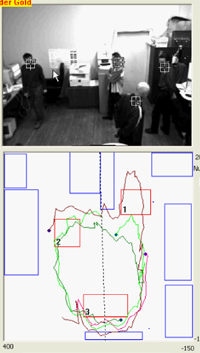 |
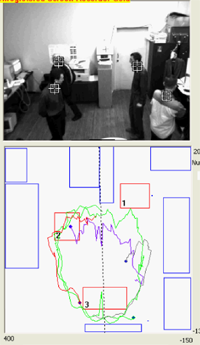 |